One of the easiest ways to store dehydrated food is in Mason jars.
But I actually have a special “hack” that makes my food last twice as long as just throwing it in a jar and putting in on the shelf.
Today, I’ll share that tip and others so you can use Mason jars to preserve food even more effectively!
How Long Can You Store Food in Mason Jars?
After you’ve gone through the process of drying foods, the last thing you want is for them to still go bad!
So proper care is needed.
First, it’s a good idea to label and date all containers. However, the storage of the foods will depend on what you’re storing.
If you seal them properly and keep them away from light and heat, you can enjoy dried foods for months or even years.
Ok, let’s look at a few specific foods and their shelf-life…
How Long Can Vegetables Last in Mason Jars?
Dried vegetables are some of the longest lasting foods to keep in storage.
Although your vegetables may vary slightly in how long they can be saved, dried vegetables can last up to 10 years in Mason jars.
Make sure to keep the jars in a cool, dry place for the best results.
How Long Does Rice Last in Mason jars?
Rice is another food that stores well in Mason jars. Most types will last up to 10 years if kept in a well sealed jar and away from moisture sources.
Keep in mind that as rice ages, it takes longer to cook. So you may need to use more water or adjust cooking times the older it is.
How Long Does Meat Last in a Mason Jar?
Meat certainly can be stored in Mason jars, but it doesn’t last as long as vegetables or rice.
Because of the fat content in meat, it will turn rancid. If stored in mason jars, you can expect it to last 6 months to a year.
Make sure to rotate your dried meat and always check for quality before using in recipes or eating.
How to Prepare the Jars (to Ensure They’re Sanitized)
You need to prepare the jars before packing them. Mason jars tend to come with screw top lids and clear glass.
But even if you’re using new jars, you’ll need to clean and dry them completely before storing food.
Wash the jars and lids in hot, soapy water, and even better, wipe down the inside with food-grade alcohol.
It’ll dry quickly and destroy any lingering bacteria.
How to Make Mason Jar Foods Last Even Longer
Although you can simply put your food in the Mason jars and store away, vacuum sealing them extends its freshness and shelf-life.
Some FoodSaver vacuum sealers have an attachment feature that can be used to seal jars.
Prices pulled from the Amazon Product Advertising API on:
Product prices and availability are accurate as of the date/time indicated and are subject to change. Any price and availability information displayed on [relevant Amazon Site(s), as applicable] at the time of purchase will apply to the purchase of this product.
If you’ve never used a vacuum sealer before, it’s super easy.
You just need to get the wide mouth sealer attachment and connect it to the FoodSaver’s port. It looks like this:
Prices pulled from the Amazon Product Advertising API on:
Product prices and availability are accurate as of the date/time indicated and are subject to change. Any price and availability information displayed on [relevant Amazon Site(s), as applicable] at the time of purchase will apply to the purchase of this product.
Then you just click the “attachment” button, which starts the vacuum and seal process. When the noise stops, it’s done!
Keep in mind it’s not designed for canning and specifically works with dried foods that are going to be stored at room temperature.
However, I also use it for things like fresh romaine lettuce in the fridge. I can make my lettuce stretch about a month sealing it like this!
Tips for Storing Food in Mason Jars
1. Use Clear Jars
Although you can find jars in other colors, clear is best. This not only allows you to see what’s in the jar clearly, you’ll also be able to see if there’s any mold or other signs of breakdown.
The good news is that the clear jars are the easiest to find so you should have no trouble with this.
2. Use Oxygen Absorbers
Oxygen absorbers are a lifesaver for dried food. They do exactly what their name suggests.
By absorbing any oxygen in the jar, they increase the amount of time that you can store foods – both dried or otherwise.
Simply place the oxygen absorber on the top of each jar and then seal it and store.
Prices pulled from the Amazon Product Advertising API on:
Product prices and availability are accurate as of the date/time indicated and are subject to change. Any price and availability information displayed on [relevant Amazon Site(s), as applicable] at the time of purchase will apply to the purchase of this product.
3. Use Different Size Jars (You Can Stack & Save Space in Your Pantry)
It’s a good idea to get a few different sized jars.
First of all, dehydrating makes food shrink like crazy. So you might start with what seems like a very large amount, but in the end, it may be enough to fit in a single pint or quart jar.
For instance, an entire head of dehydrated cabbage can usually fit in a quart jar!
And second, varying jar sizes makes it easier to stack and save space in your pantry. I usually work with 3 different sizes – 4 oz, pint, and quart.
How to Determine What Size Oxygen Absorber You Need
This is not an area where one size fits all. As the jar gets bigger, you’ll need a larger oxygen absorber.
Oxygen absorbers typically come in 50, 100, or 300 cc levels.
- The largest size is designed for quart containers
- The 100 is designed for pints
- The smallest one is designed for a half pint jar
If you do multiple size Mason jars like I just mentioned, they make oxygen absorbers that come in combo packs.
This is an easy way to get a variety and make sure you have what you need on hand.
They come stored and need to be used when exposed to the air.
However, you can keep them sealed (and therefore preserved) until ready for use.
This is not required for canning foods, but it’s a great way to keep dried food fresh for longer periods of time.
Frequently Asked Questions
Do mason jars keep bugs out?
Yes, mason jars are glass and cannot be accessed by bugs. If the jars are sealed tightly, you shouldn’t have any pest problems.
How long will food last in a vacuum sealed jar?
Although vacuum sealing extends their storage life, the exact time varies for each type of food. Read my notes in the article about times for meat, veggies, and rice.
Regardless of food type, once the seal is broken, it needs to be used based on its original storage date.
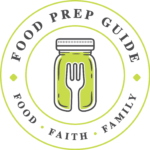
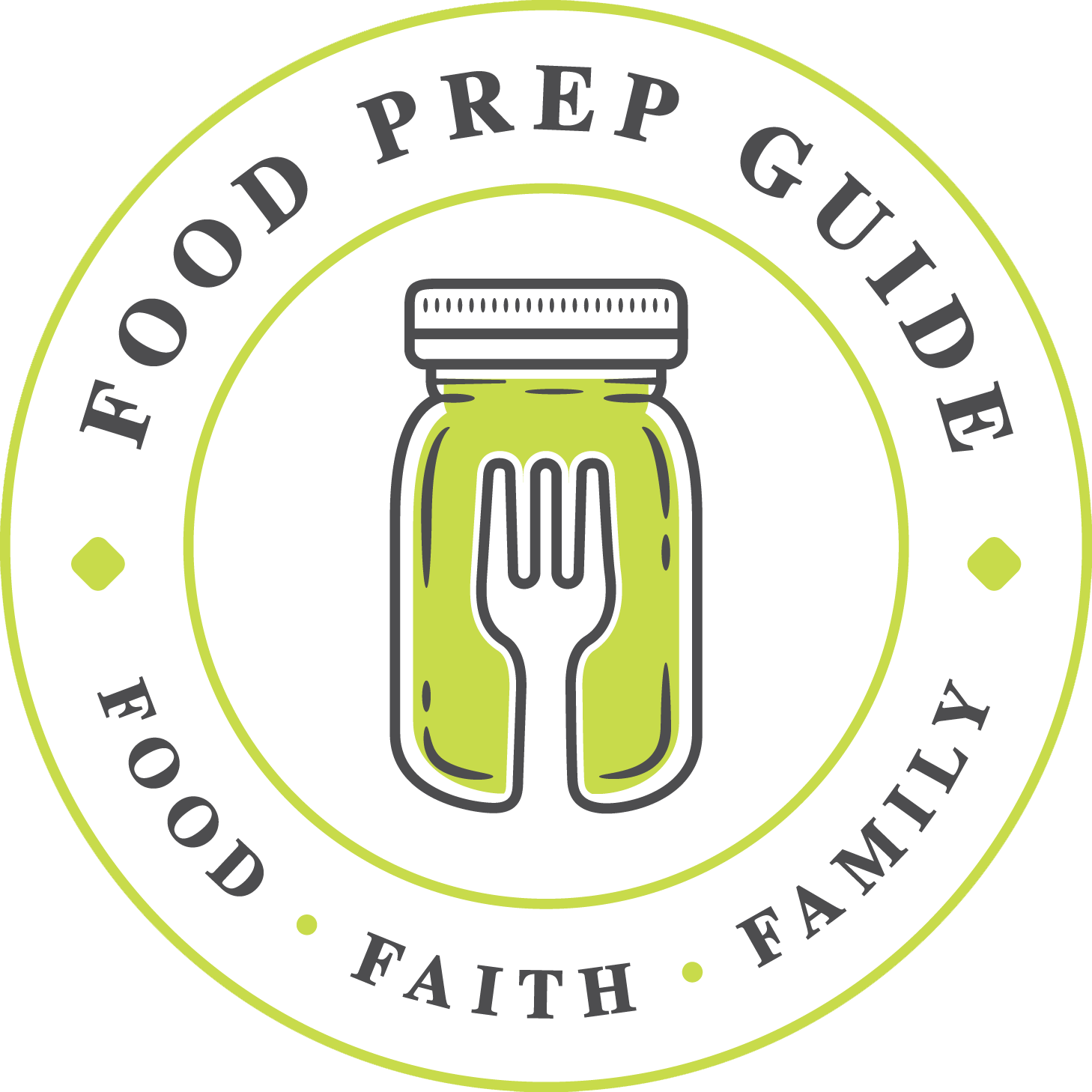
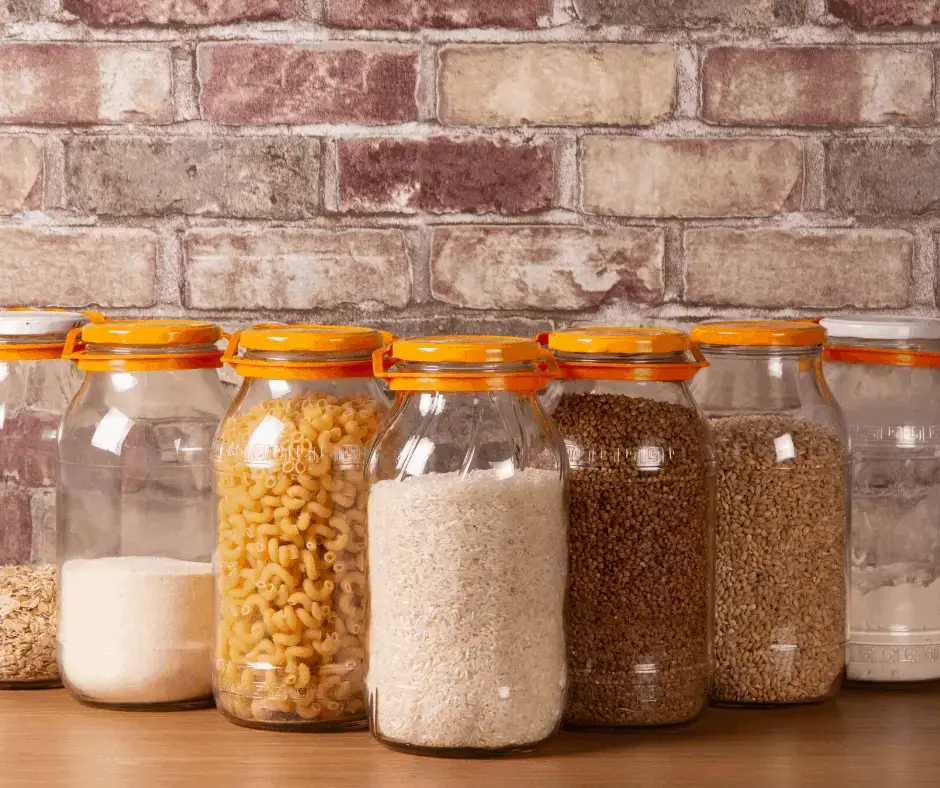




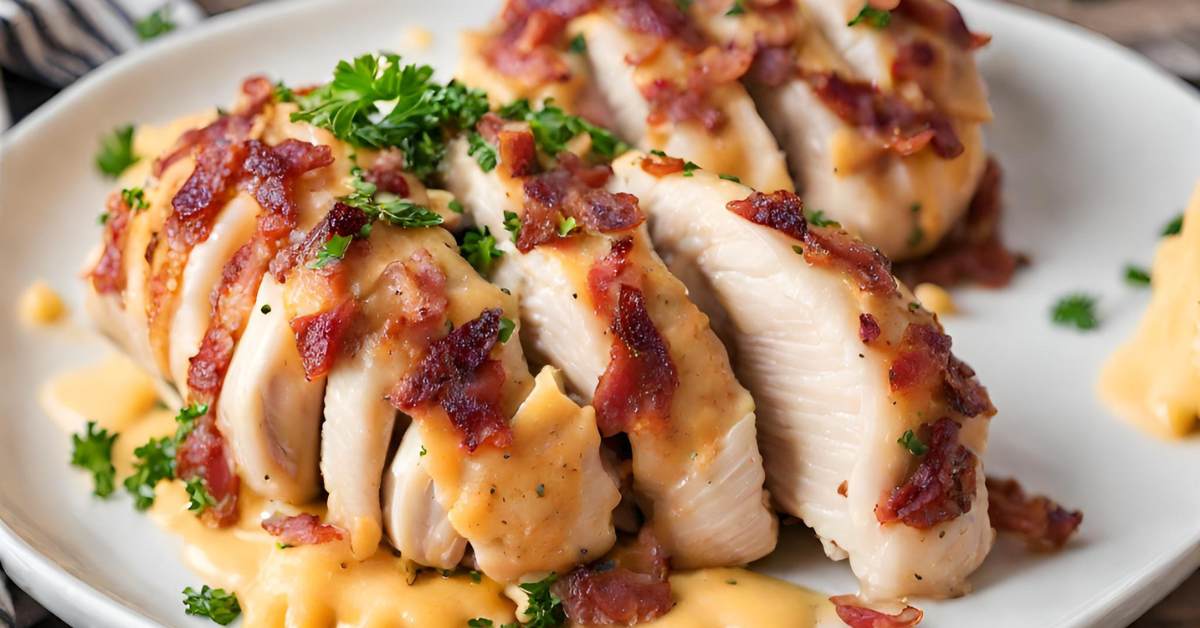
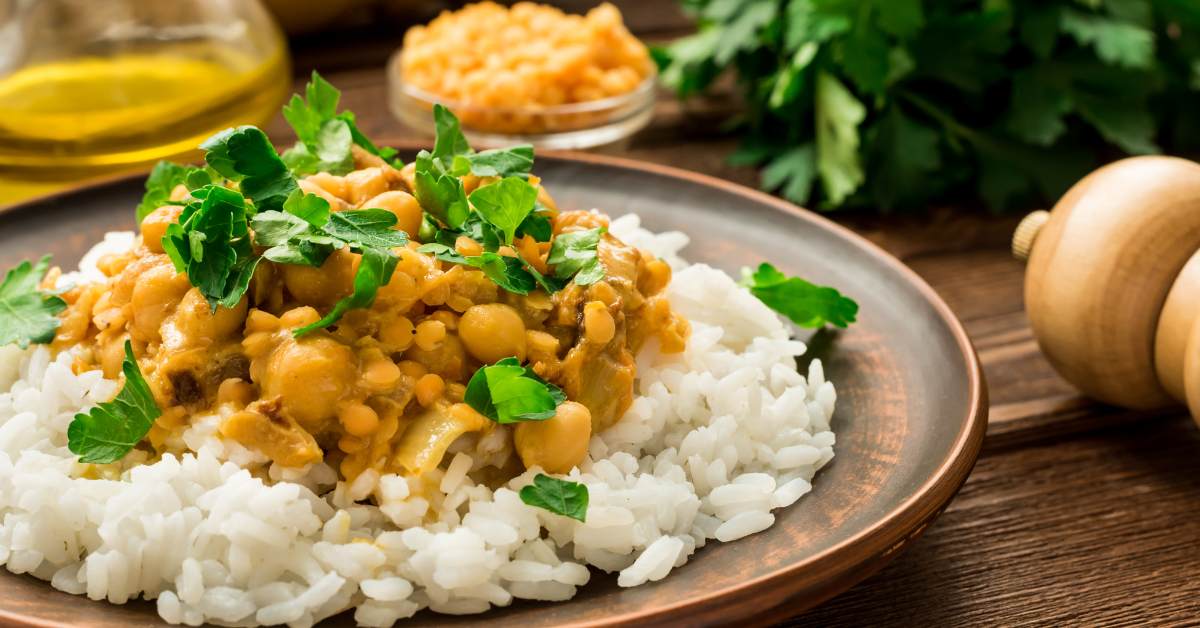
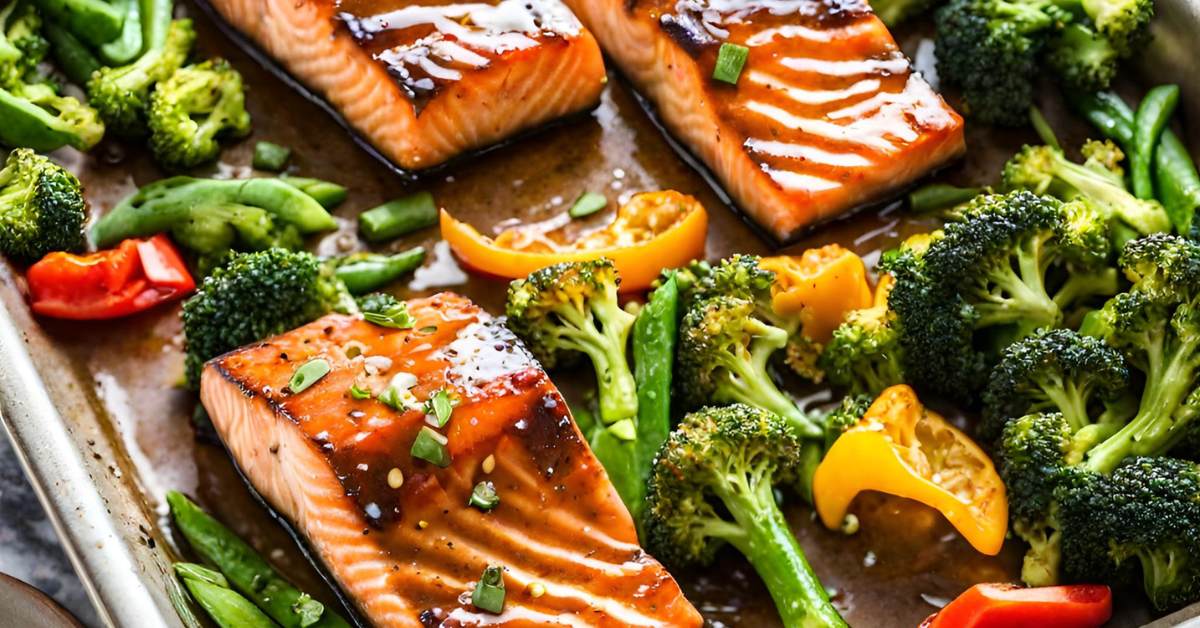

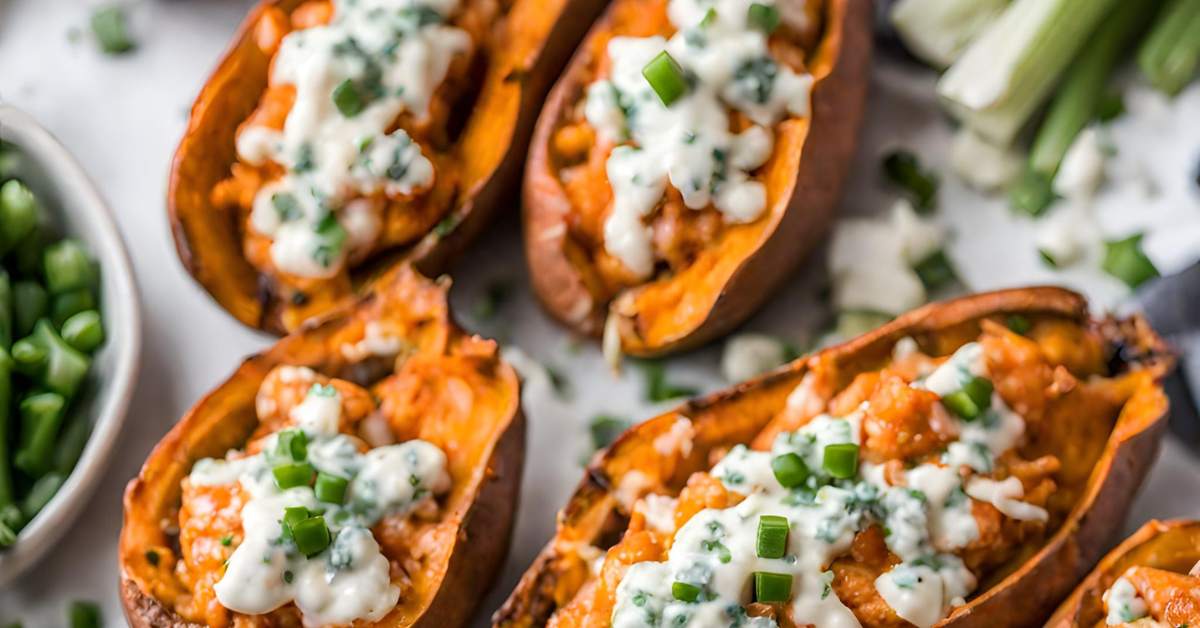
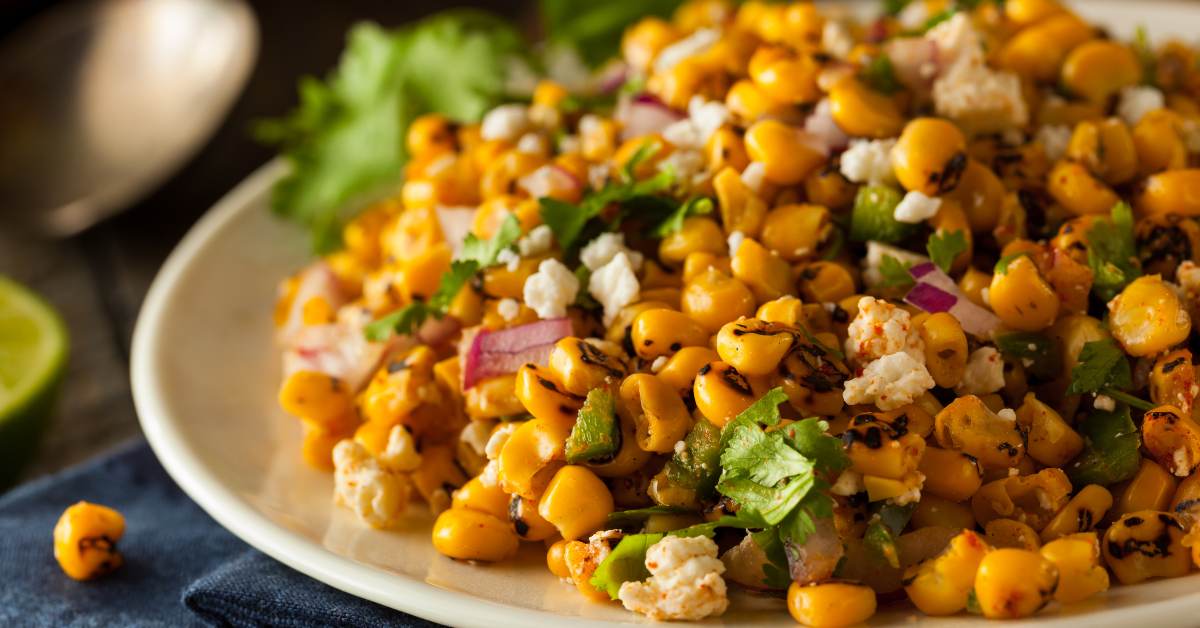
Can I store dried peas in a jar without vacuum sealing or oxygen absorbers and them last any length of time?
Hi Lana,
Yes! Dried peas with nothing done to them will last at least 6 months, possibly up to a year if the jar is stored in a cool, dark place.
If my food has not all dehydrated evenly can I add the rest to a partially filled jar? So it will not all have been put in jar at same time
Hi Linda,
I’m not quite sure what you mean. If you have a batch of food that didn’t dehydrate evenly, you can separate the “done” pieces out and put those in a jar. Then dehydrate the other “undone” pieces for a few more hours. When those are completely dry, you can then add them to the same jar your first batch is in. Hope that helps! Let me know if that didn’t answer your question? Thanks 🙂
Hello. I cannot find any oxygen absorbers made in the USA and I have an issue putting something “unknown” in with the food I have grown, tended and dehydrated. Do you have to use oxygen absorbers in mason jars if they are vacuum sealed, and if so, are you aware of any made in the USA? Thanks
Totally understand! Good news is, no, you don’t have to oxygen absorbers in that scenario because the vacuum seal essentially does what you’re wanting the oxygen absorbers to do. With O2 absorbers, it’s an either/or – meaning you either place dehydrated food in a jar with an absorber – or – you vacuum seal the jar (no absorber). I do toss in a dessicant pack with my vacuum sealed jars and bags to control moisture. Some people get those two confused, so just wanted to throw that out there just in case 🙂
How do you seal meat?
Hi Denise,
I actually don’t dehydrate meat because of the high fat content and therefore poor storage time, so I won’t be much help in that department 🙁
When you say “seal” the jar do you do anything special than just close the lid tightly? Thanks!
Hi Lindsey,
Nope, just closing it tightly 🙂 However, and I think I mentioned this in the article but can’t remember and can’t read it right now, I highly recommend vacuum sealing if it’s going to be in storage for a while. The process is a little more involved but simple enough using a foodsaver vacuum sealer with the jar/lid attachment.
I’ve also found out that the elec vaccume sealers tend to break a lot if your a person who does this often , so the solution found was literally a hand held break line bleeder for cars , you can pump it manually until you hear the lid pop….this way if the elf goes off boom you can still can.
Yes, Bonnie, this is what I use! Thank you for sharing (and reminding me that I need to do on a post on this!).
Use a brake bleeder
Can vacuum sealing be done on other types of jars (ie store bought pickle or jam jars) or does it have to be Mason jars?
It needs to have that inner lid and outer ring like how mason jar lids are as that’s where the air is being sucked out from.
Can you reuse the canning jar lids more than one time when using them on dehydrated foods?
Yes you can 🙂
Once a vacuum seal on a jar is broken…. If not all in the jar was used can I reseal the jar again?
Yes, it’s okay to reseal the jar as long as you don’t see any mold or moisture inside the jar.
My dehydrated onions came unsealed. When I lifted them off the shelf I noticed the seal was not tight. The onions look ok, but have absorbed some water from the air in the storage cabinet. Can I dehydrate them and re seal?
Hi Marylynn, so sorry I missed your comment until now. In my own kitchen, I would feel comfortable dehydrating them again and re-sealing as long as there were no signs of mold (or any beginning hint of it).
I love your website! First of all, thank you for all the great information!
I live in a humid climate in the south. When I dry my food, I am planning on putting it in mason jars and then using an oxygen packet. Once I open a jar that has been sealed, can the jar be resealed? I just know that when I start storing dried fruits, my kids will open and eat and then close them back up.
Yes, I reseal my jars after using them all the time!
After sealing my dehydrated food in a mason jar some, very few, lids come unsealed after about 30 days. What is causing this to happen. I do reseal the jars. It can be veggies or hamburger rocks, it doesn’t matter. Has my vacuum sealer gone bad.
Hi Connie,
That happens to me sometimes, too. I chalk it up to some kind of slight deformation in the lid.
I don’t necessarily think it’s your vacuum sealer. Usually, a vacuum sealer that has gone bad won’t get a solid seal in the first place.
The fact that it holds for 30 days or so makes me think it’s a lid issue. In such cases, I swap it out for a different lid, reseal, and don’t usually have any future issues.
Hope that helps!
I dehydrate and also a newbie to freeze drying. I am having trouble with some of my seals breaking after storing them in the pantry. Do you store your dehydrated foods with the ring on the jar?
Yes, you store them with the rings on. It is not a risk like it is with canning.
Question re vacuum sealing mason jars with dehydrated veggies: do you remove the bands like in canning or leave them on to help keep it sealed? Thanks!
Leave them on 🙂
Do I need to keep bands on my vacuum sealed jars to help keep the flat sealed?
Hi Mary, yes, leave the rings on your jars. That way, if it comes unsealed, the lid still stays on and minimizes the amount of air that reaches your dried goods.
THANK YOU SO MUCH !!!! YOU HAVE ANSWERED SO MANY OTHER QUESTIONS THAT I DIDN’T EVEN ASK, PLUS THE ONE ABOUT STACKING MY JARS !!!! THANK YOU AGAIN !! MAY GOD BLESS YOU AND YOUR FAMILY EVERY DAY. SENDING LOVE FROM MY HOUSE TO YOURS !!!! 👍👍😊😊🌹🌹🌹🌹❤❤❤❤🙏🙏🙏🙏
Great info👍👍👍❤️❤️